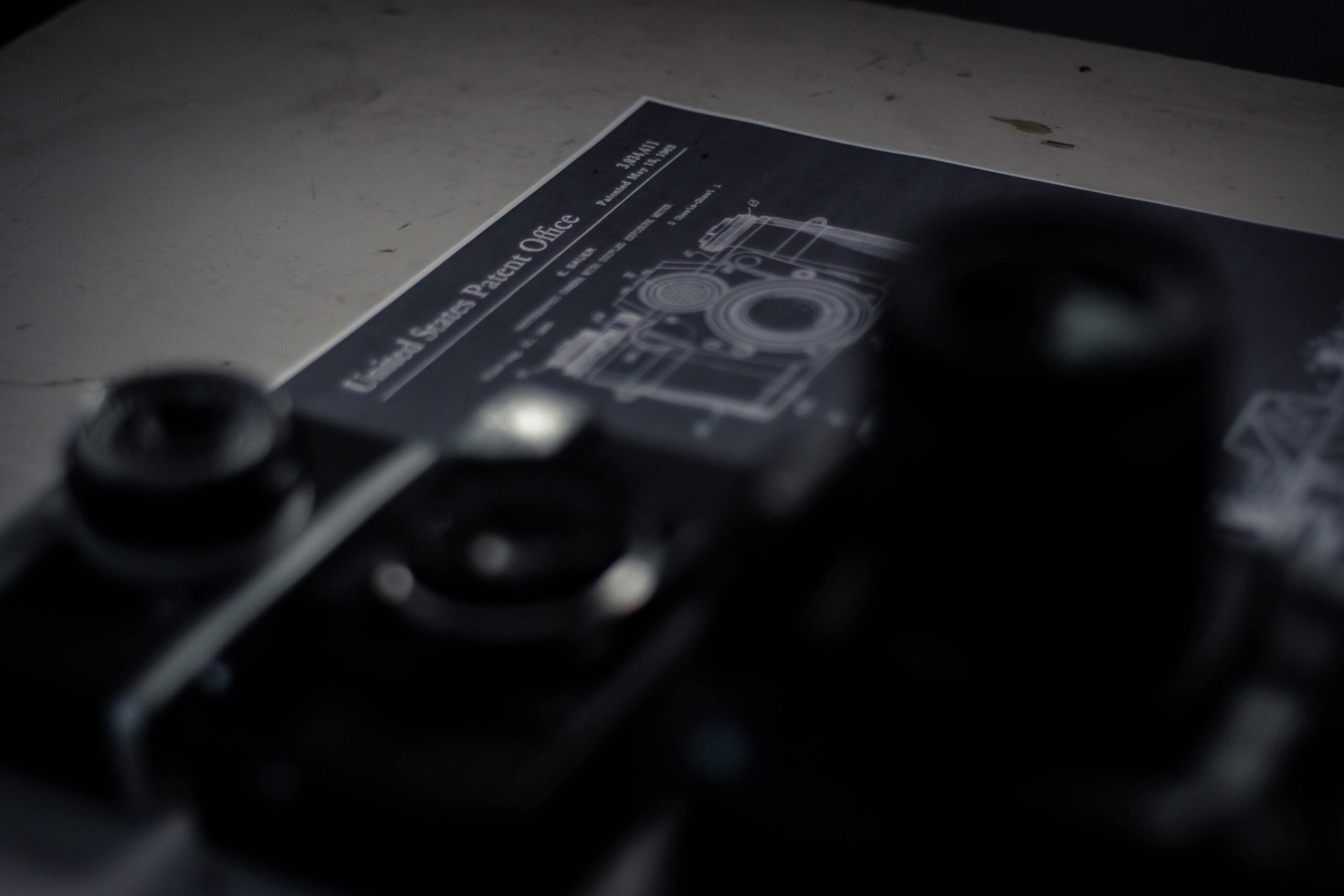Obtaining a patent is a multi-step process that involves preparing a detailed application and working with the USPTO. While it can be complex, it’s manageable with the right approach (and often with professional help). Here’s an overview of the patent application process in five general steps:
- Conception and Research: First, document your invention thoroughly by detailing what it is, how it works, and its novel features. It is wise to conduct a patent search, or have a professional do one, to see if there are existing patents or published inventions similar to yours. This prior art search is not mandatory, but it can save you time and money by gauging your invention’s novelty. The USPTO offers tools for searching patents, and patent attorneys or agents specialize in this. If your research shows that your idea appears to be unique, or you can distinguish it from anything found, you are ready to move forward.
- Drafting the Patent Application: A patent application is a legal document with several parts. You need to prepare a written specification that describes the invention in full detail, include any necessary drawings or diagrams, and clearly state what you claim as your invention in the claims section. You must also complete various USPTO forms and pay the required filing fees. At this stage, inventors often have a choice: file a provisional application or a non-provisional application. A provisional application is a simpler, lower-cost filing that secures a filing date for your invention but is not examined; it essentially holds your place in line for 12 months. Many small inventors use a provisional to buy time while seeking funding or refining the invention. Within 12 months, however, you must file a corresponding non-provisional application to claim the benefit of that date. A non-provisional application is the real deal that will be examined and can lead to an issued patent. Drafting a strong patent application, especially the claims, which define the legal scope of protection, is critical. This is where having a patent attorney or agent is extremely helpful because any mistakes can limit or even void your patent rights.
- Filing the Application (Patent Pending): Once your application documents are ready, you file them with the USPTO, which is typically done electronically through the USPTO’s Patent Center. The moment you file a patent application and it is accepted with the proper parts and fees, your invention is officially patent pending. “Patent pending” status does not mean you have a patent yet, but it allows you to notify others that you have an application on file. This can deter copycats to some degree and is often useful when pitching to investors or customers. After filing, the USPTO will eventually publish your application, usually 18 months after the earliest filing date for most applications, unless you filed a request not to publish, which is common if you might abandon the application in favor of keeping the invention as a trade secret. Filing starts the waiting game, and you should be prepared to wait several months, often longer, for the USPTO to start examining your application due to backlogs.
- USPTO Examination (Prosecution): Every patent application is reviewed by a patent examiner at the USPTO. This examination process is sometimes called “patent prosecution,” which involves the back-and-forth with the patent office. The examiner will read your application and search for prior art to see if your claims are indeed new and non-obvious. The examiner also checks that your application meets all formal requirements, like proper description and drawings, per the law. In most cases, the examiner will issue an Office Action, a written letter raising any objections or rejections. Don’t be alarmed; it is very common for the first Office Action to reject or object to some of your claims. Common rejections cite prior patents or publications that the examiner believes show your invention is not new or is obvious. You, or your patent attorney, then have the opportunity to respond in writing, arguing against the rejections or amending your claims to overcome the prior art. This back-and-forth may go through multiple rounds. It is a negotiation and advocacy process to convince the USPTO that your invention merits a patent. If you and the examiner reach an agreement, or you successfully argue your case on appeal if necessary, the application will be allowed. Throughout this stage, having a knowledgeable patent professional helps in crafting persuasive arguments and claim amendments. Keep an eye on deadlines, as responses must be timely, or your application could be abandoned, with extension fees required if you need more time.
- Patent Issuance and Maintenance: If the examiner is satisfied and allows your application, you will receive a Notice of Allowance. At that point, you pay an issue fee and the USPTO will issue the patent, granting you the official patent rights. You will receive a formal patent certificate with a patent number and issue date. Now your invention is patented, and you can mark products as “U.S. Patent No. [XXXXXXX].” Once issued, a utility patent will require maintenance fees at 3.5, 7.5, and 11.5 years from issuance to keep it in force, while plant and design patents do not have maintenance fees. It is important to pay these on time, or the patent can lapse. With the patent in hand, you are responsible for enforcing it, as the USPTO does not police infringement. If someone uses your invention without permission, it is up to you, typically via a lawyer, to take action. Still, having a patent significantly strengthens your position; often, a politely worded cease-and-desist letter referencing your patent can resolve issues without a court battle. However, if needed, you can sue infringers for damages and injunctions. Finally, remember that patents can also be leveraged commercially; you can sell or license your patent rights to others, or use a patent portfolio to attract investors. The patent process may be lengthy and detailed, but in the end, you have a valuable asset that can protect and enhance your business.
Unlock the full potential of your invention with the expertise of Twisdale Law, PC. Our firm guides inventors and entrepreneurs through every step of the patent process, from evaluating your idea’s patentability and drafting robust applications to navigating the USPTO and securing your patent rights. Do not leave your groundbreaking idea unprotected. Contact Twisdale Law, PC for a consultation and let us help you safeguard your hard work and creativity. With our guidance, obtaining a patent can be a smooth and rewarding journey, positioning your innovation for success.








